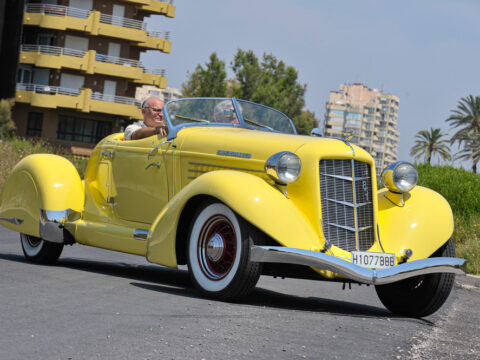Motorcycle technology is advancing rapidly, bringing innovative features that enhance performance, safety, and efficiency. These emerging technologies are reshaping the riding experience and pushing the boundaries of what’s possible on two wheels. From cutting-edge materials to advanced electronics, the future of motorcycles is filled with exciting possibilities.
Contents
Electric Powertrains
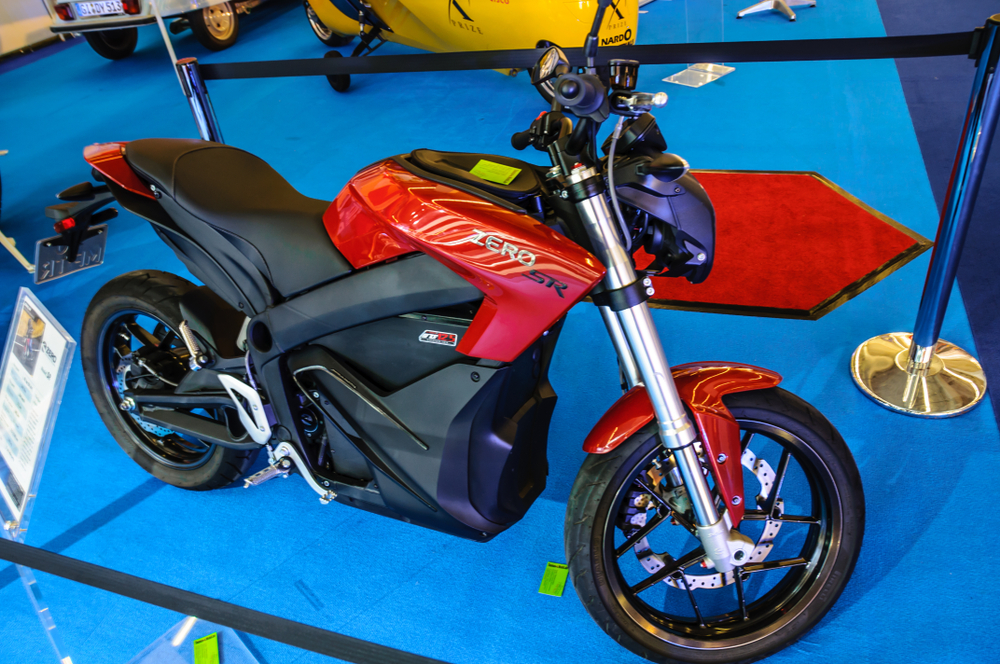
Electric powertrains are leading the charge toward a greener future for motorcycles. Major brands like Harley-Davidson and Zero Motorcycles are producing electric models that offer emission-free alternatives. These bikes are known for their instant torque, quieter operation, and reduced maintenance needs due to fewer mechanical parts. As battery technology improves, electric motorcycles are becoming more practical for long-distance travel, with shorter charging times and extended range.
Self-Balancing Technology

Self-balancing technology is making motorcycles safer and easier to ride, especially for beginners. Honda’s “Riding Assist” uses gyroscopes or actuators to keep the bike upright even at low speeds or a complete stop. This innovative feature helps prevent tip-overs and accidents, particularly in stop-and-go traffic. As the technology develops, it will reduce the risk of falling, making motorcycling more accessible to a wider audience.
Advanced Rider Assistance Systems (ARAS)
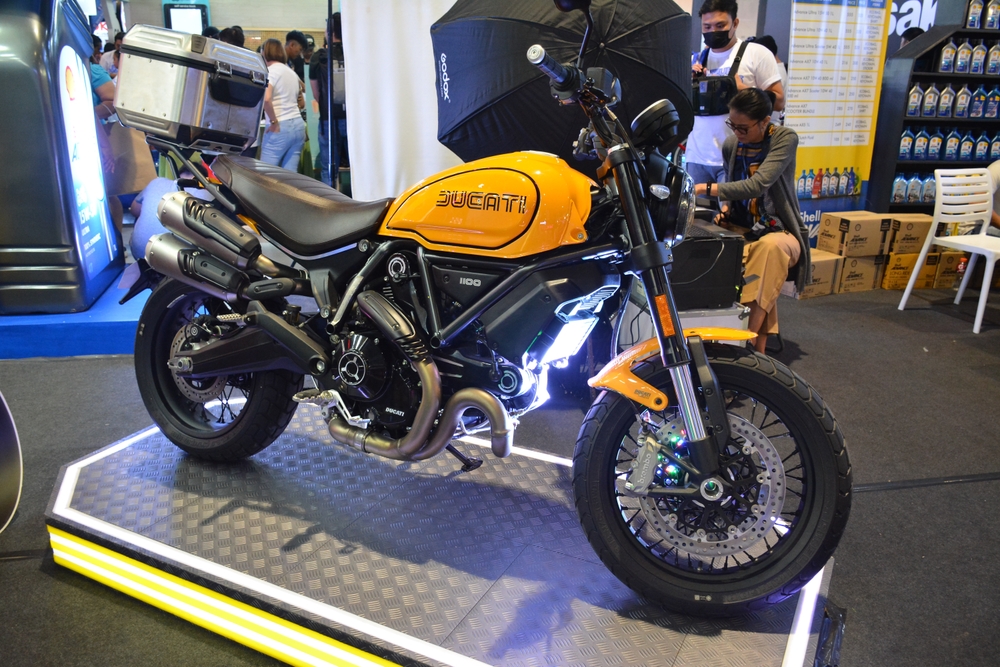
Motorcycles are now equipped with Advanced Rider Assistance Systems (ARAS) similar to those found in cars. These systems include features like adaptive cruise control, blind-spot detection, and forward-collision warnings. Ducati’s radar-based ARAS, for example, provides early alerts about nearby vehicles or obstacles. As this technology becomes more widespread, it will significantly enhance rider safety, especially on highways.
Artificial Intelligence (AI)

AI is playing an increasingly significant role in optimizing motorcycle performance. Yamaha’s Motobot, an AI-driven autonomous motorcycle, showcases the potential of intelligent systems in controlling speed, braking, and steering. AI can also learn rider preferences, adjusting suspension or engine settings in real-time for the best possible ride. As these systems evolve, motorcycles will become smarter, improving both safety and the overall riding experience.
Lightweight Materials
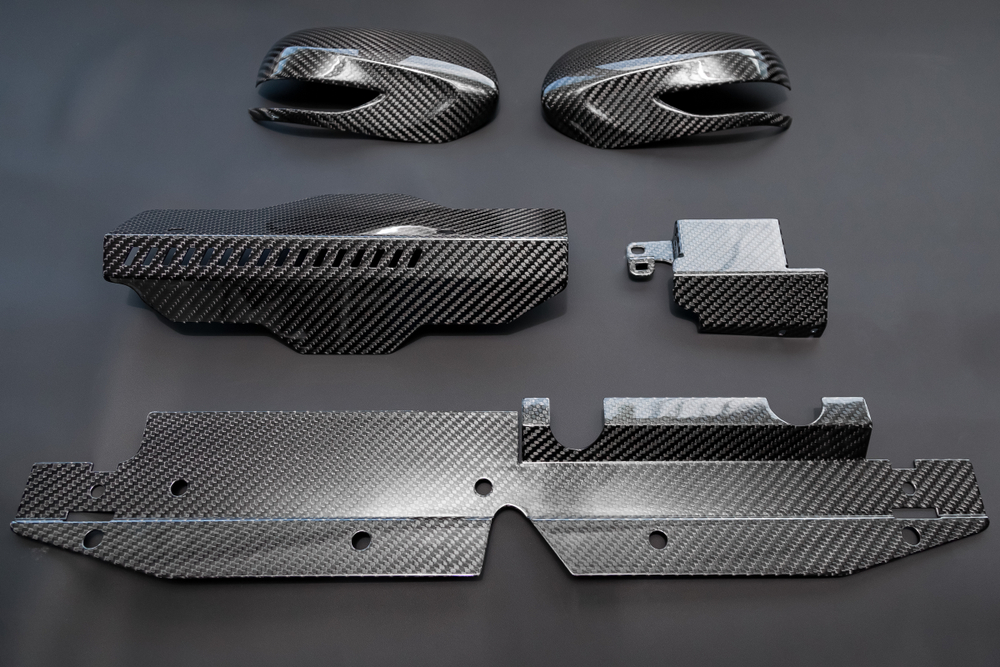
The use of advanced materials like carbon fiber, titanium, and graphene is revolutionizing motorcycle design. These lightweight materials provide greater strength while significantly reducing the overall weight of the bike. BMW, for example, incorporates carbon fiber-reinforced plastic (CFRP) in some of its models to enhance speed and maneuverability. As these materials become more prevalent, they will allow for faster, more fuel-efficient motorcycles without compromising safety.
Hybrid Powertrains
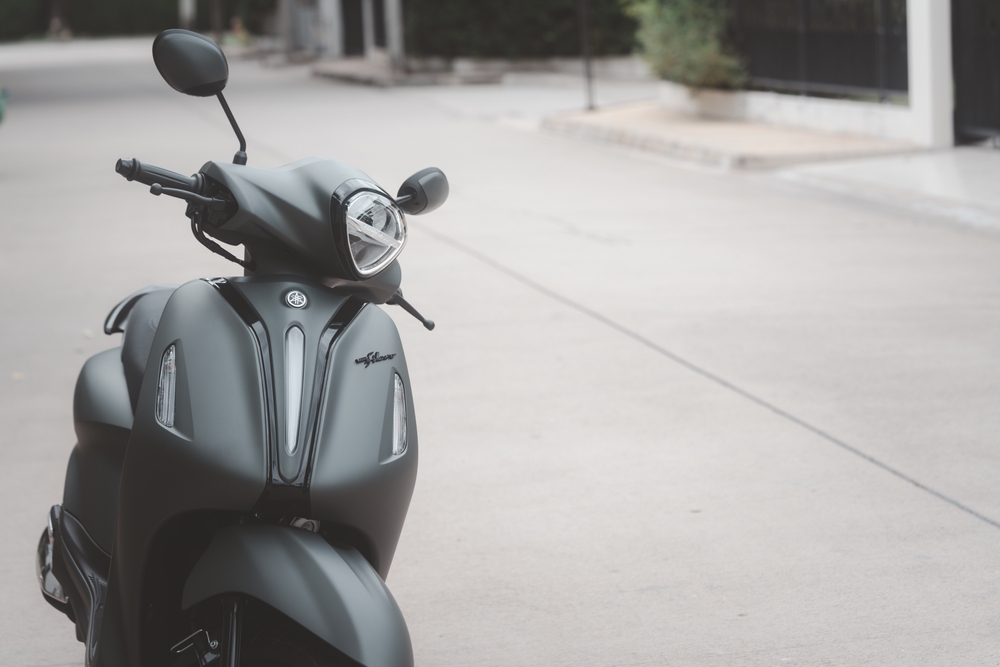
Hybrid motorcycles combine gasoline engines with electric motors to offer the best of both worlds. Piaggio has developed hybrid scooters that allow riders to switch between electric power for city commuting and gasoline for longer rides. This versatility reduces emissions while maintaining the convenience of quick refueling. Hybrid motorcycles are gaining popularity among riders who want a more eco-friendly option without sacrificing range.
Regenerative Braking
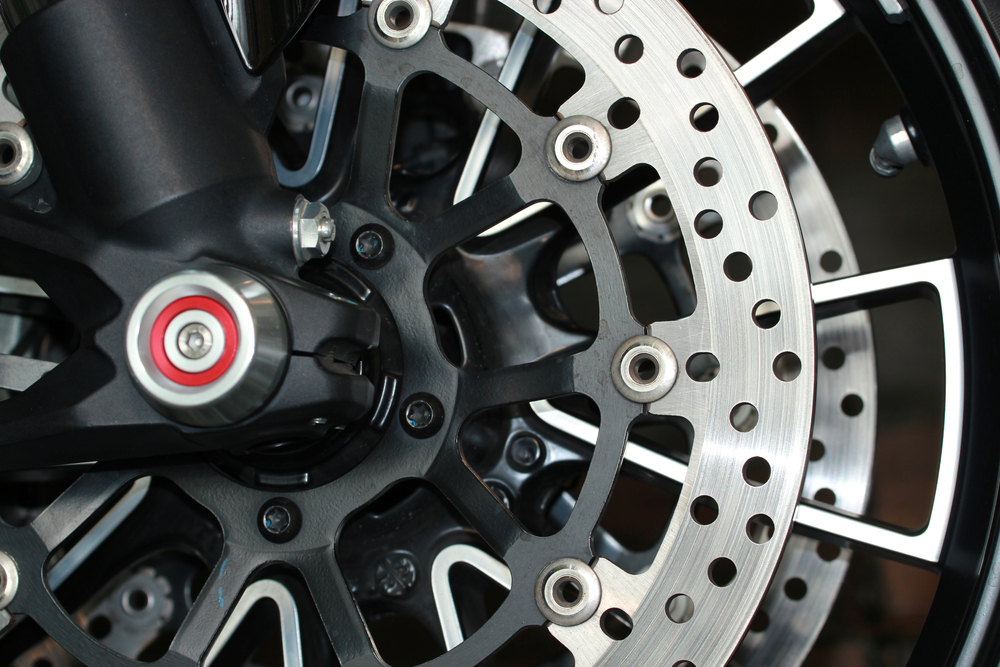
Regenerative braking is an innovative feature that allows motorcycles to recover energy during deceleration. This system converts kinetic energy into electrical energy, which is stored in the bike’s battery for later use. Manufacturers like Zero Motorcycles are using this technology to extend battery life and improve efficiency. With regenerative braking, electric motorcycles not only conserve energy but also provide smoother, more controlled stopping power.
Smart Tires
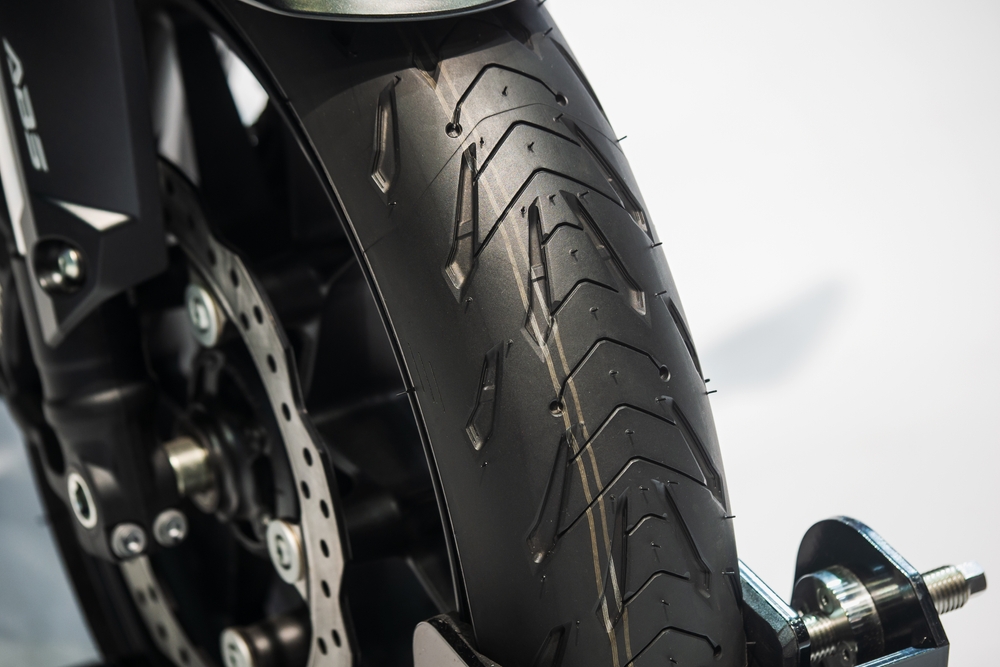
Smart tires are equipped with sensors that monitor tire pressure, temperature, and wear in real-time. Pirelli, for instance, is working on tires that communicate with a motorcycle’s onboard computer to alert riders to potential issues. These tires can adjust to different road conditions, offering better grip and enhanced safety. As smart tire technology advances, it will play a key role in improving motorcycle performance and rider confidence.
Adaptive Headlights
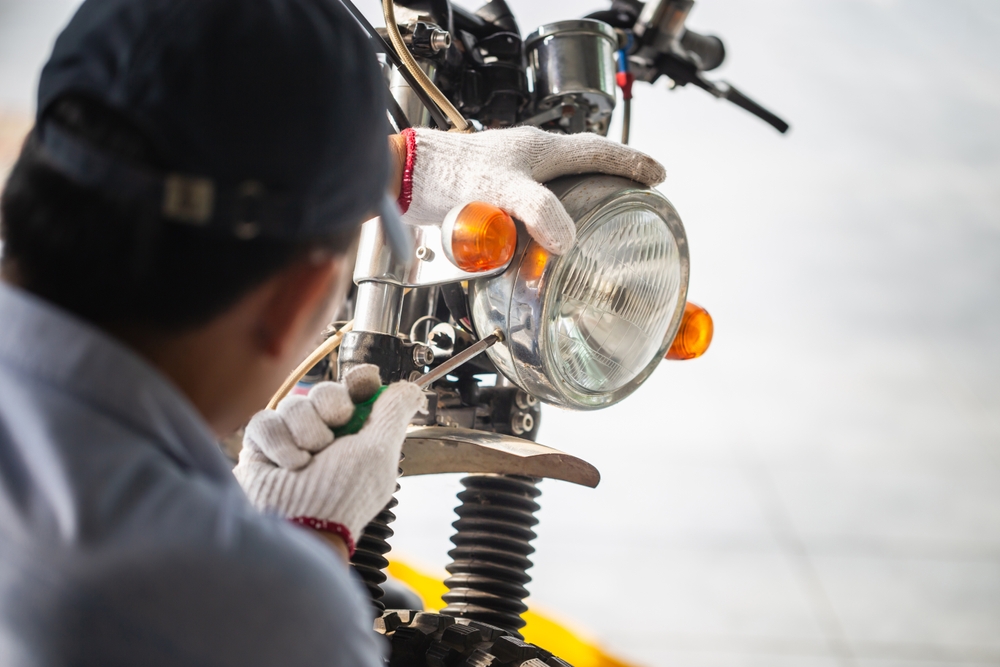
Adaptive headlights enhance rider visibility by automatically adjusting the direction and intensity of light based on speed and lean angle. BMW’s adaptive headlights, for example, swivel in the direction of a turn, ensuring that the road ahead is always illuminated. This is particularly useful during night riding or on winding roads where visibility is critical. By providing consistent lighting in challenging conditions, adaptive headlights make riding safer and more comfortable.
Hydrogen Fuel Cells

Hydrogen-powered motorcycles are emerging as a sustainable alternative to traditional engines. Kawasaki and Yamaha are developing hydrogen fuel cell bikes that produce only water vapor as emissions. These fuel cells offer longer range and faster refueling times than electric batteries, making them a practical option for long-distance riding. Though the infrastructure for hydrogen refueling is still limited, this technology has the potential to revolutionize the future of eco-friendly motorcycles.
Enhanced Suspension Systems
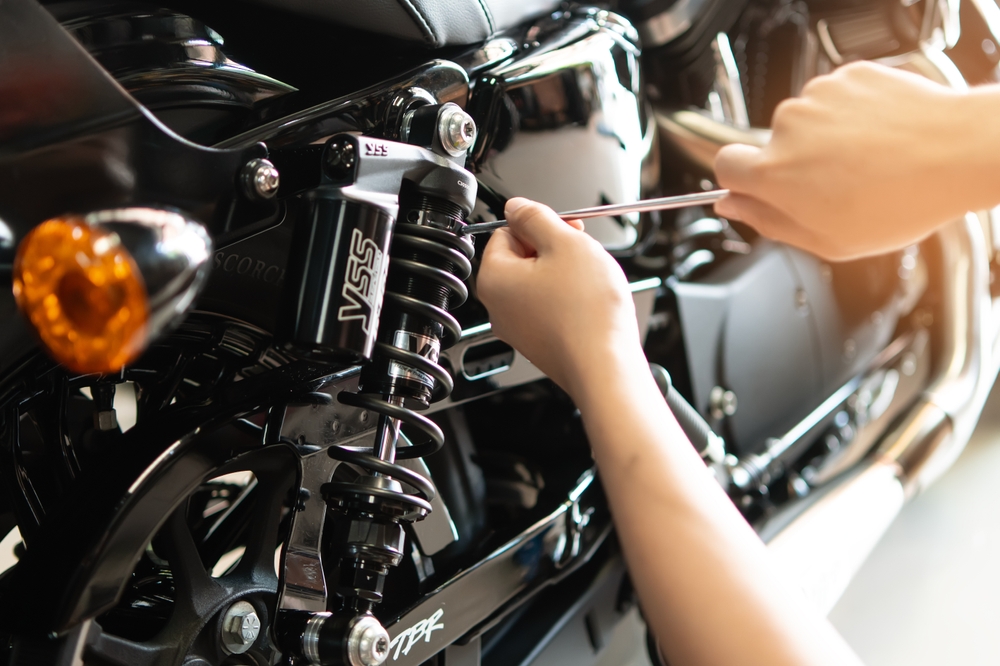
Modern suspension systems are evolving with electronically adjustable dampers that adapt to road conditions in real-time. High-end motorcycles from brands like Ducati feature these active suspension systems, which automatically adjust for bumps, curves, or uneven surfaces. Riders experience greater comfort and control, especially in challenging terrain. This technology ensures a smoother ride, making long-distance or off-road journeys more enjoyable.
Biometric Security

Biometric security is taking motorcycle theft prevention to a new level. By using fingerprint or facial recognition technology, biometric systems allow only authorized riders to start the bike. Indian Motorcycles has begun exploring this technology, aiming to replace traditional keys with biometric ignition systems. This added layer of security not only deters theft but also streamlines the rider experience, making it more convenient to hop on and ride.
Advanced Electric Charging Systems

As electric motorcycles grow in popularity, charging infrastructure is rapidly evolving to meet demand. Fast-charging stations now allow electric bikes to reach 80% battery capacity in less than an hour. Companies like ChargePoint are expanding networks to provide more convenient charging options across the globe. With faster and more widespread charging solutions, electric motorcycles are becoming an increasingly practical option for everyday riders.
3D Printing for Parts

3D printing is revolutionizing the production of motorcycle parts, offering faster and more cost-effective solutions for customization. Harley-Davidson, among other brands, has utilized 3D printing to manufacture custom accessories and replacement parts. This technology allows for precise and intricate designs that were previously difficult to produce. As 3D printing becomes more common, riders will enjoy quicker access to custom parts and a more personalized riding experience.
Wireless Charging
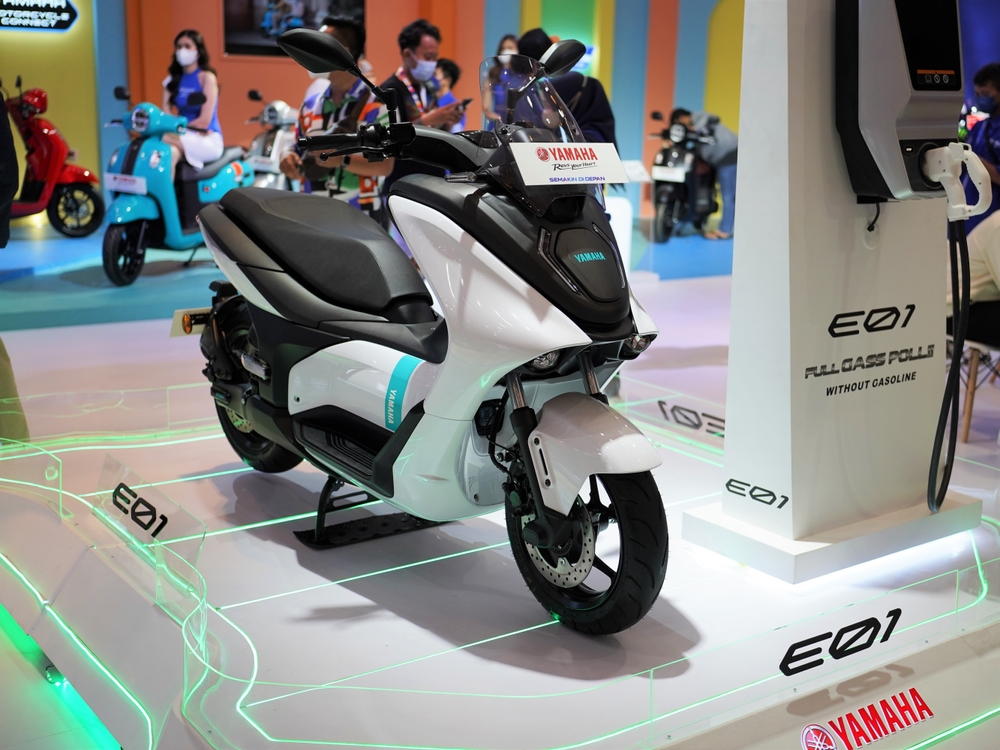
Wireless charging technology is set to make recharging electric motorcycles as easy as parking them. Companies like WiTricity are developing pads that allow riders to charge their bikes by simply parking over them, eliminating the need for cumbersome cables. This innovation not only simplifies the charging process but also reduces wear on charging ports. With widespread adoption, wireless charging could make electric motorcycles more convenient than ever.
Solar-Powered Motorcycles

Solar-powered motorcycles are an emerging concept that could offer a truly emission-free riding experience. By integrating solar panels into the body of the bike, companies like Daymak are working on models that harness sunlight to charge batteries on the go. While full solar-powered motorcycles are still a work in progress, this technology could supplement electric charging and extend range. In the future, solar energy may play a key role in sustainable motorcycle travel.
This article originally appeared in MyCarMakesNoise.
More from MyCarMakesNoise
The 20 Most Stylish Sports Cars Europe Has Ever Produced

When it comes to sports cars, Europe has a long history of producing some of the most stylish and iconic models the world has ever seen. From sleek curves to bold designs, these cars are more than just vehicles—they’re masterpieces on wheels. Read More.
10 Fascinating Facts About High-Speed Bullet Trains
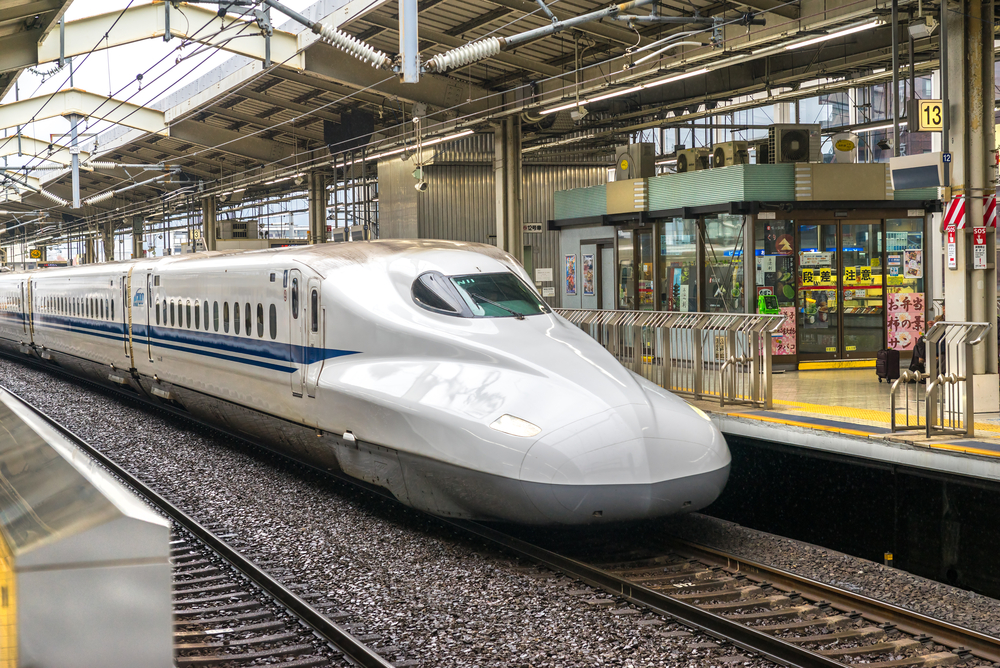
High-speed bullet trains have transformed the way we think about travel, offering an efficient, comfortable, and sustainable alternative to traditional transportation methods. Read More.
20 Best-Looking Classic Trucks with Enduring Style

Classic trucks are not only known for their rugged performance but also for their timeless designs that continue to captivate enthusiasts. These trucks have an enduring style that reflects both functionality and aesthetic appeal. Read More.


